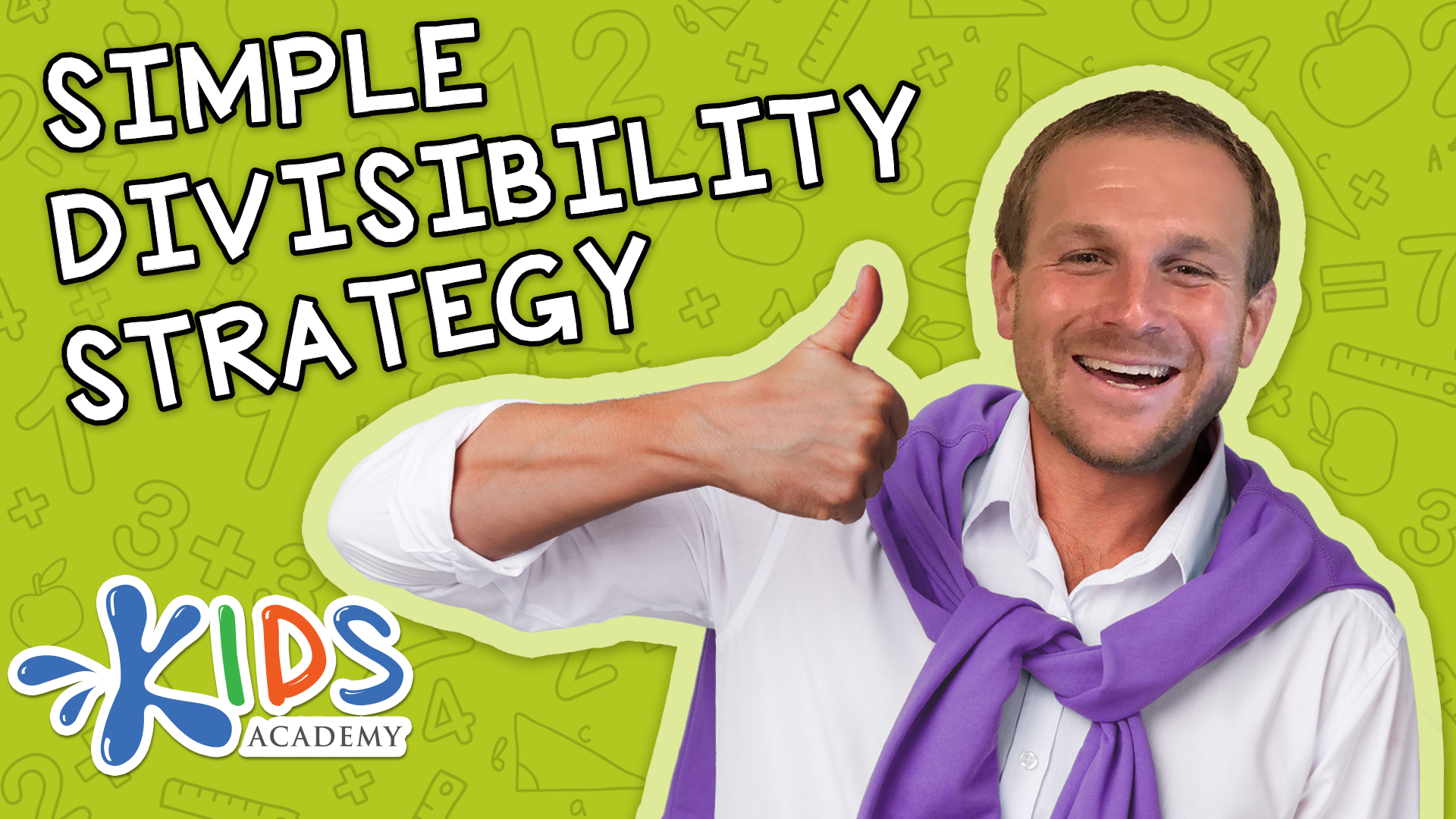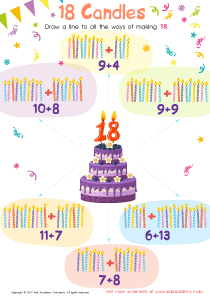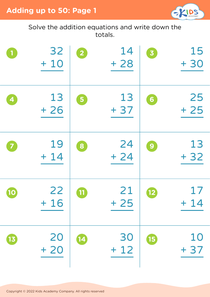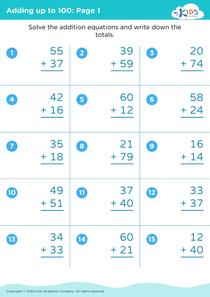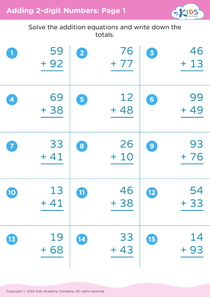Visual Learning Adding Up to 5 Worksheets for Ages 5-8 - Page 4
84 filtered results
-
From - To
Visual learning is crucial for children aged 5-8 as it engages multiple senses, enhancing their comprehension and retention of mathematical concepts, such as adding up to 5. At this developmental stage, children are often more visually oriented; they understand and process information better through images, diagrams, and visual aids. Incorporating visual learning strategies can make abstract concepts more concrete, helping students grasp the importance of numbers and addition.
Furthermore, visual aids like counters, number lines, or colorful illustrations can stimulate interest and cater to various learning styles. These tools not only foster engagement but also encourage active participation, which is essential for young learners. By presenting addition visually, children can better see and understand the relationships between numbers, paving the way for more complex math skills in the future.
Ultimately, fostering an environment that values visual learning supports cognitive development, boosts confidence, and inspired a genuine love for math. Parents and teachers should care deeply about visual learning, especially when introducing fundamental concepts. By integrating these methods, we encourage comprehension and enjoyment during crucial early learning years, laying a strong foundation for future academic success.
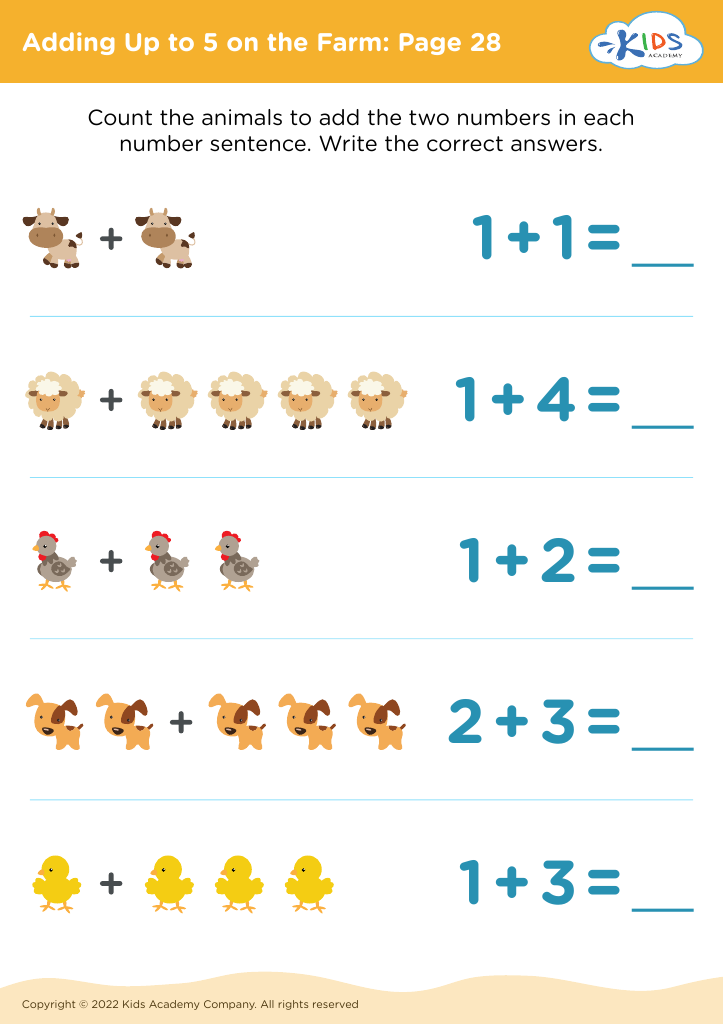
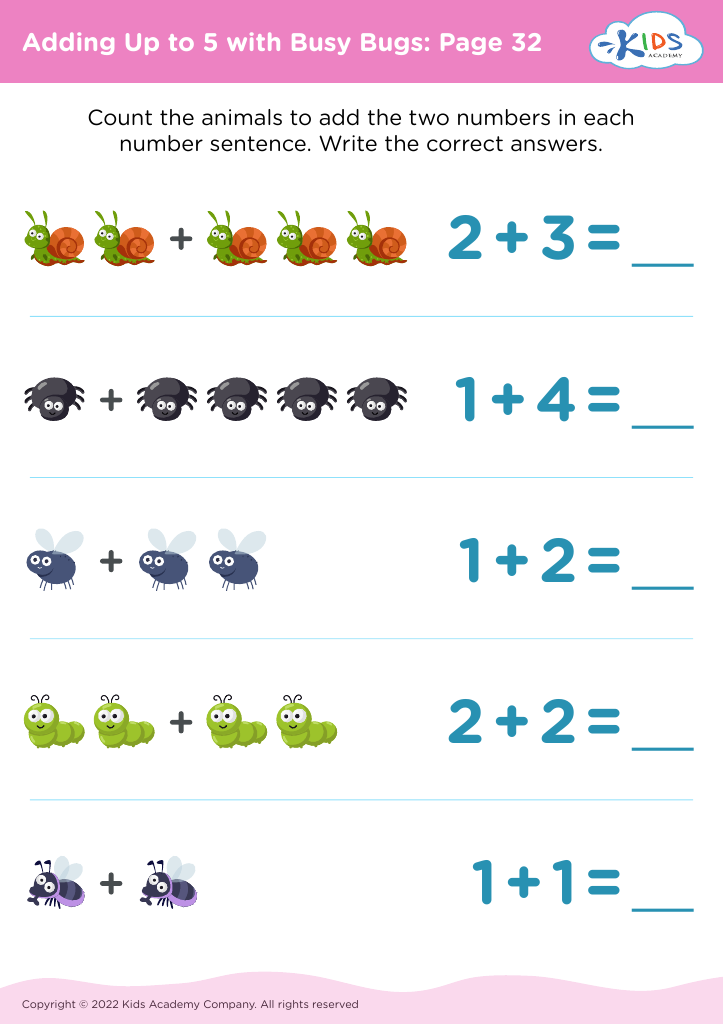
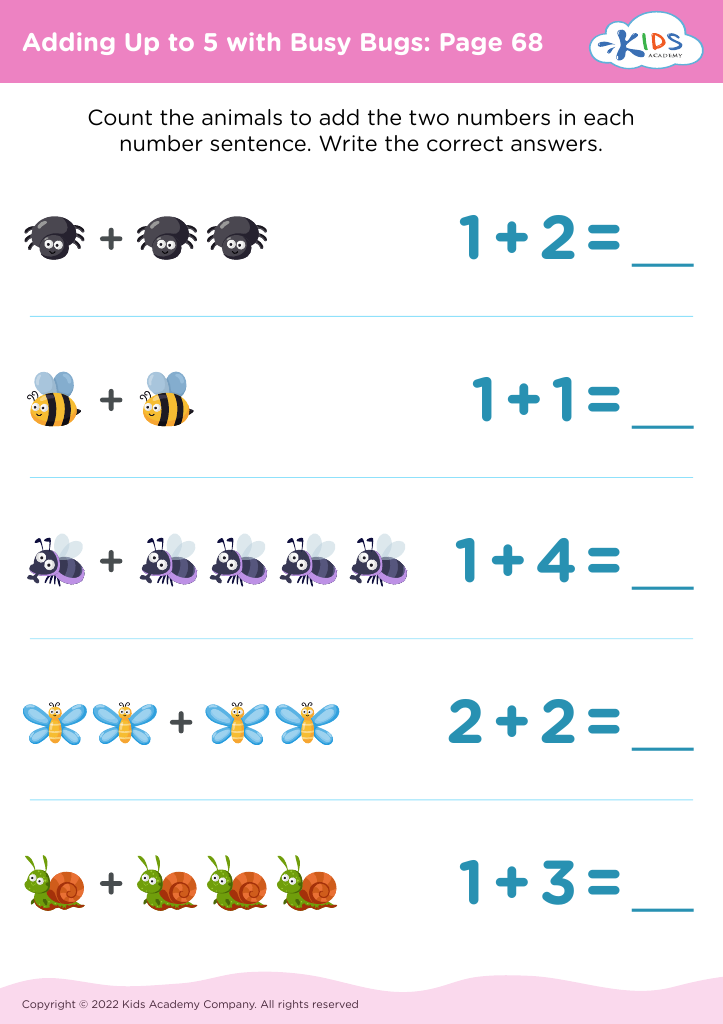
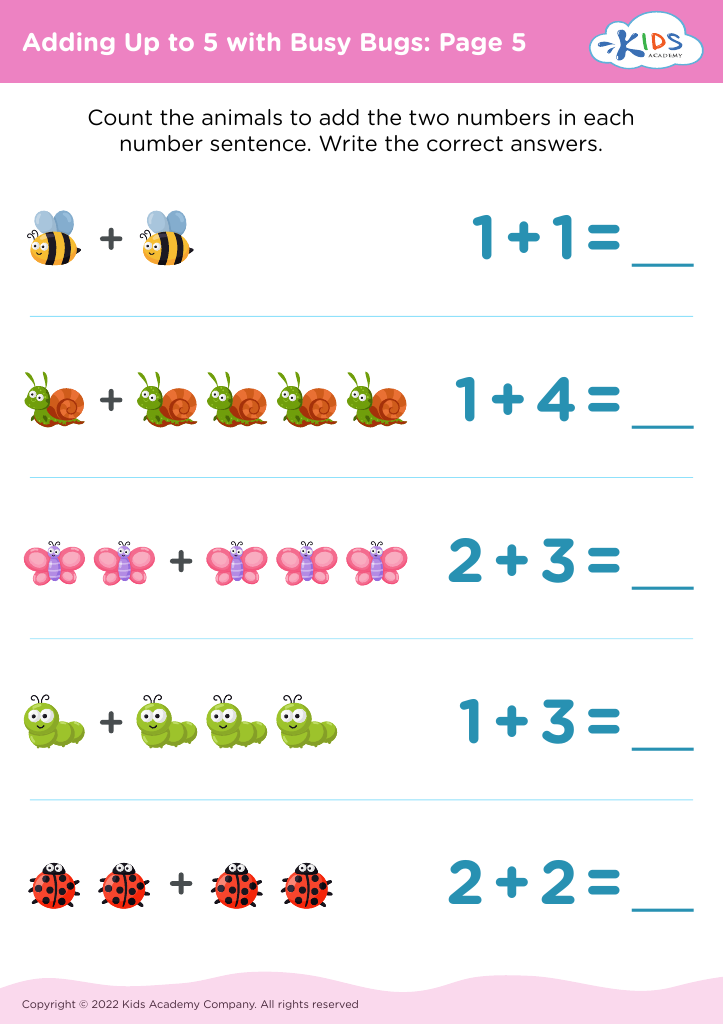
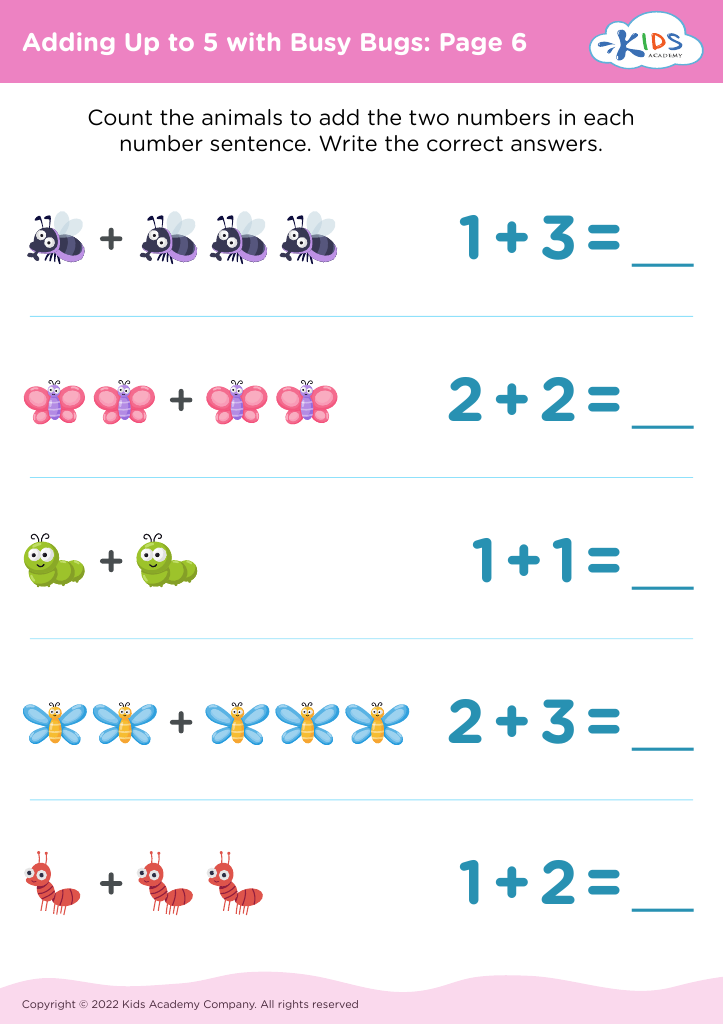
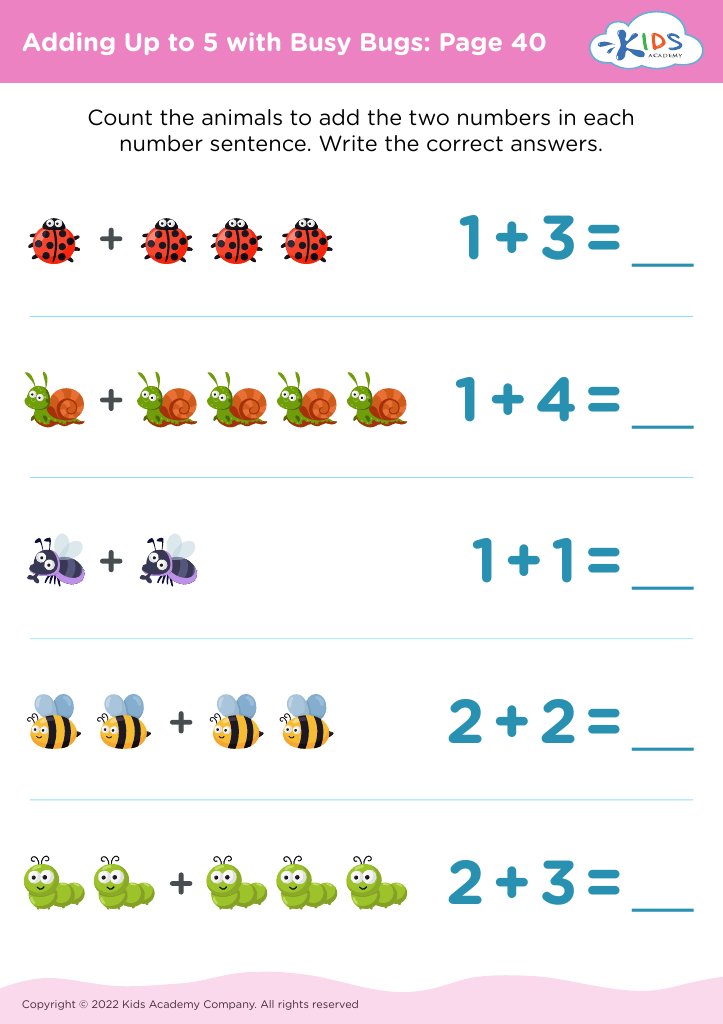

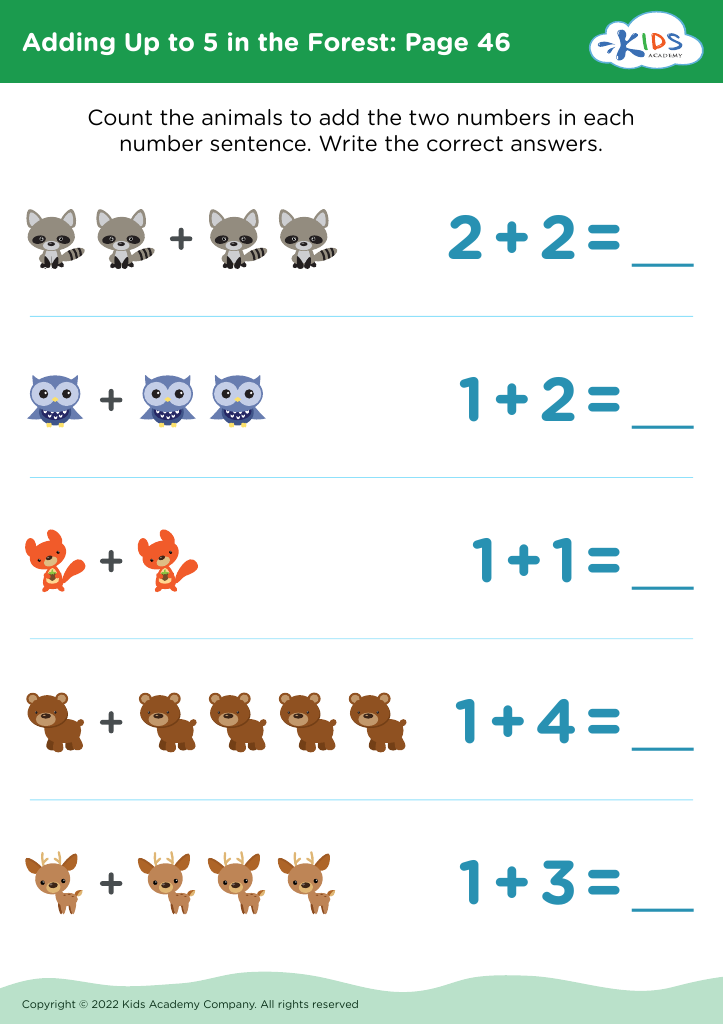
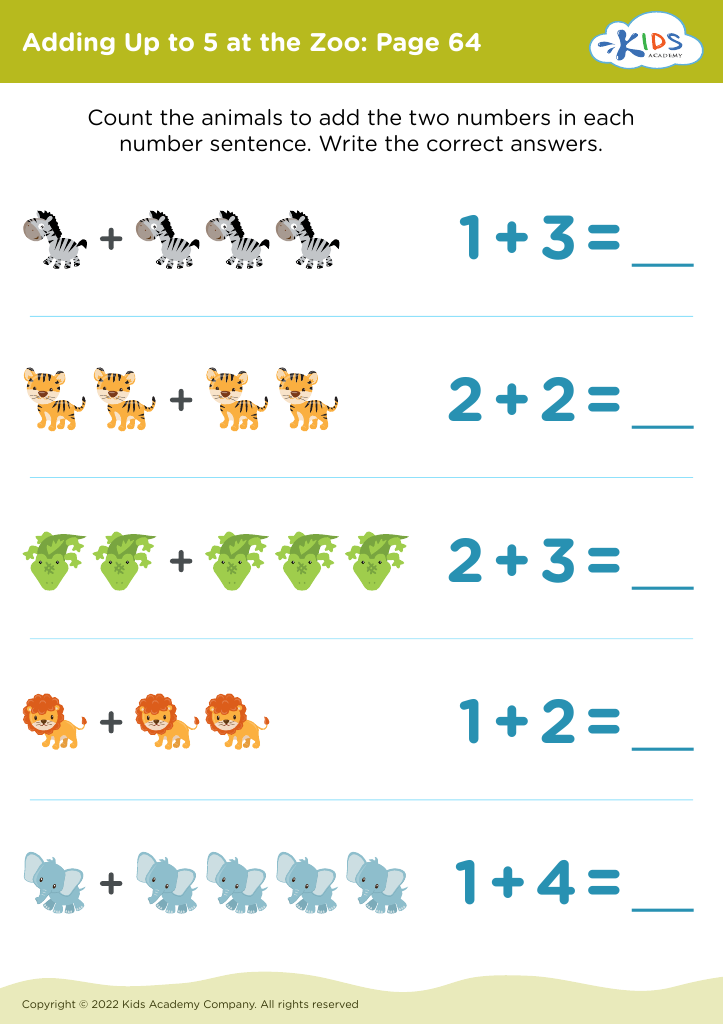
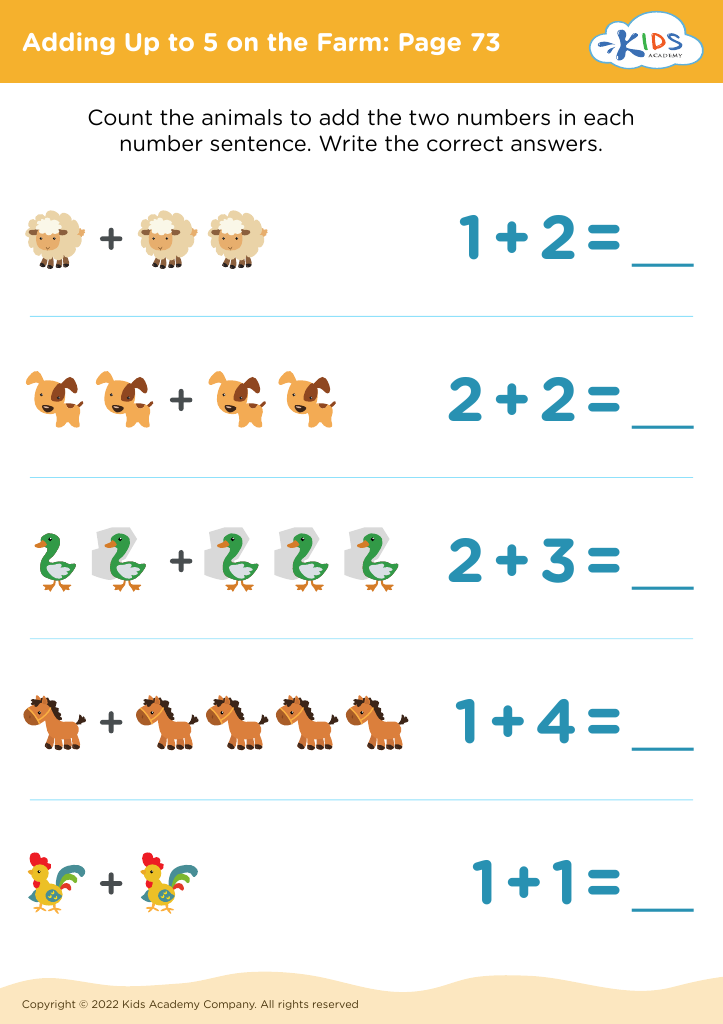
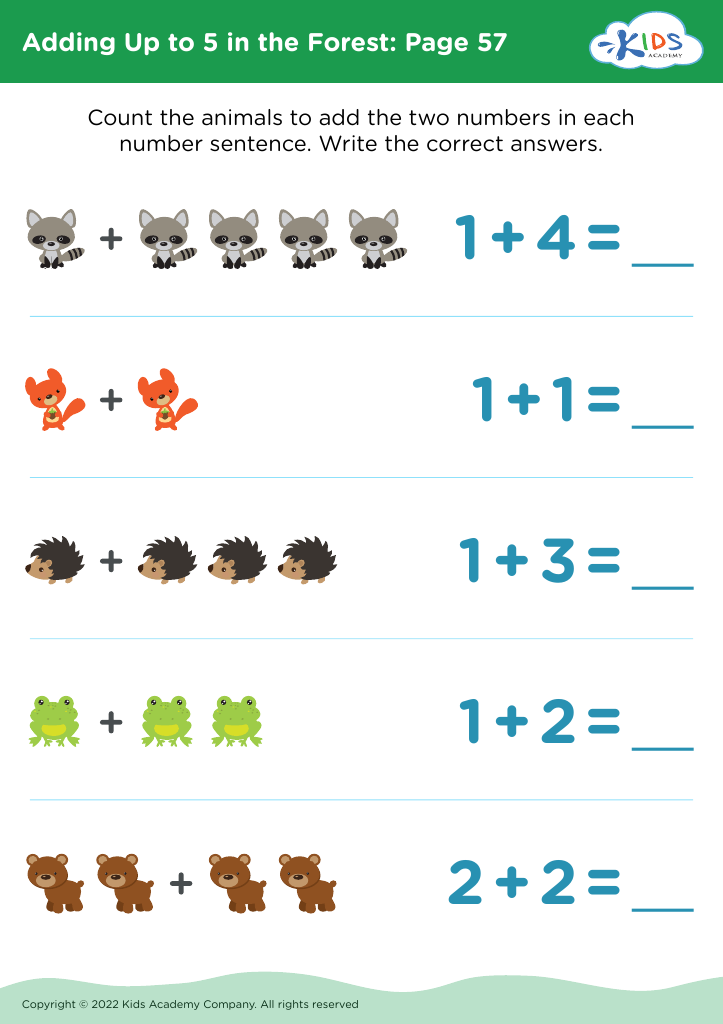
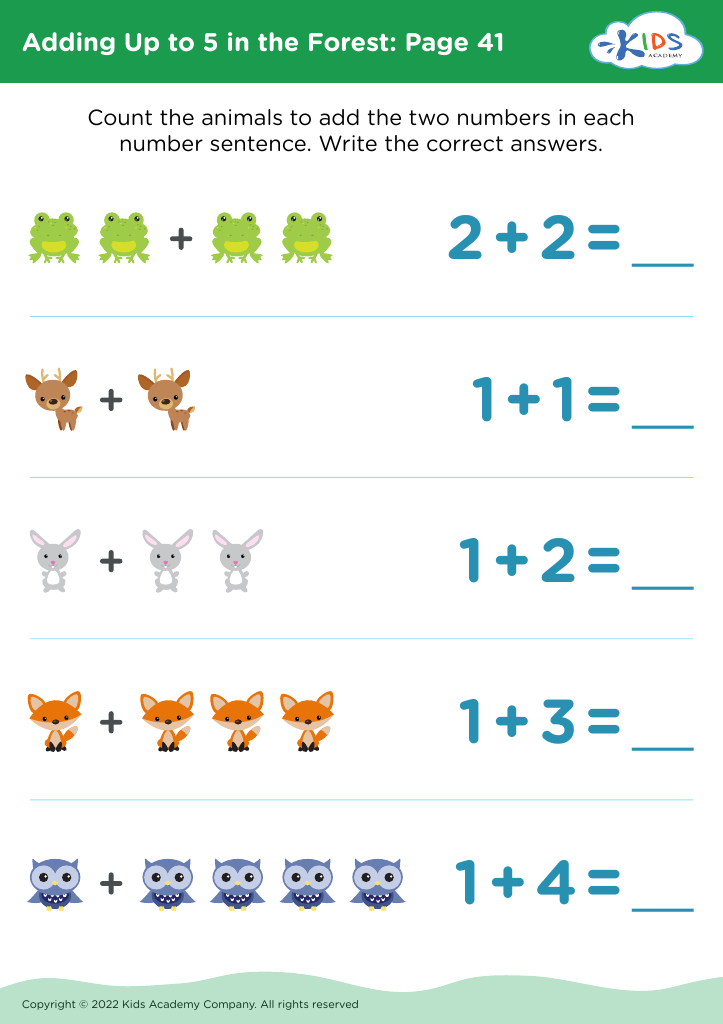


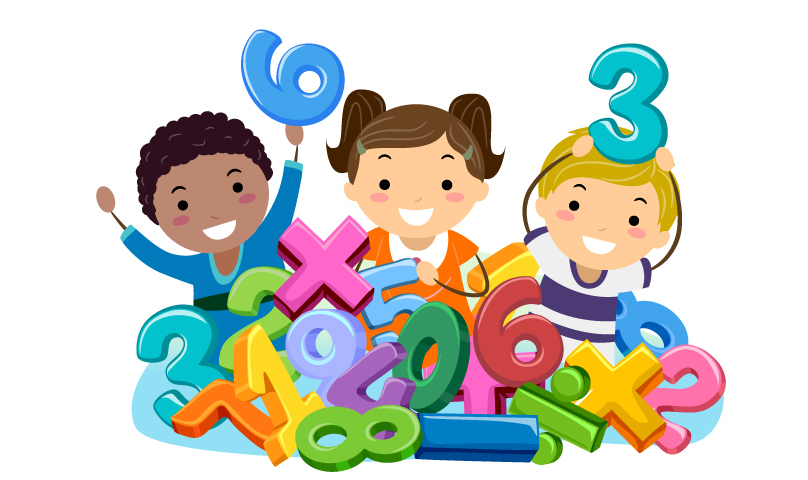
.jpg)
